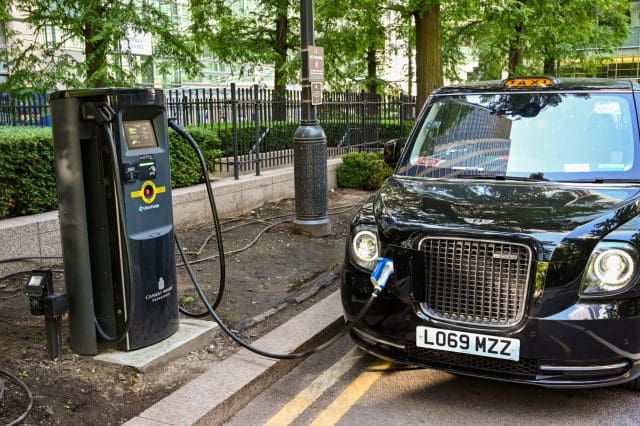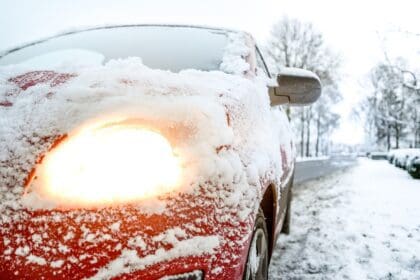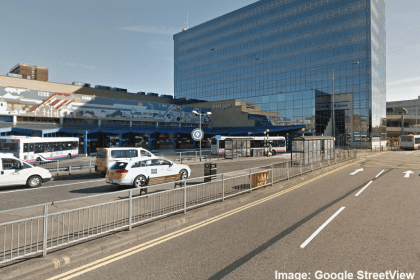Range is everything when it comes to EVs and is a big issue for taxi drivers every day – will they be able to take a fare wherever they want to go and what happens if they need to charge on the way?
These problems will disappear as battery technology improves and electric vehicles will be able to travel further on a single charge, which is good news for people who earn their living on the road.
But before significant – and potentially expensive – changes are introduced, here are five things taxi drivers can do from today to get more out of their electric cabs.
As recommended by car-leasing company GRIDSERVE, Taxipoint looks at how switching to an electric vehicle can save taxi drivers money on fuel costs, but learning to drive economically can increase those savings even further.
And these tips are not just for EVs – many will help taxi drivers get more mileage out of a current petrol or diesel cab.
The first step is to plan your journey and avoid steep routes.
GRIDSERVE explains: “Like human legs, cars need more juice to climb a hill and so if you’re trying to conserve battery, avoid hilly routes – a slightly longer, flatter journey might be better in the long run. Similarly, electric cars will use more energy on motorways due to the faster speeds required. So a longer route at a lower speed may pay dividends for your battery percentage.”
It also recommends using Google Maps to show the most eco-friendly route option, which is shown by the green leaf icon.
The second tip is to avoid unnecessarily fast acceleration, which not only conserves the battery, but is also safer.
GRIDSERVE said: “Electric cars are lightning quick off the mark and a lot of fun because of it, but accelerating hard every time will seriously hurt your charge – as well as giving whiplash to your passengers.
“Instead, accelerate smoothly but fairly briskly so you can get to a steady cruising speed and maximise range. Similarly, racing to the next junction and then braking harshly is not only a waste of energy, but also dangerous.”
The third tip is to drive at optimum speeds to avoid impact of wind resistance.
GRIDSERVE advises: “Just as harsh acceleration and braking will use battery power, so will cruising at 70mph. EVs are much more efficient at 50-60mph, due to the impact of wind resistance. The few miles difference may see drag multiple exponentially.
“Of course, you want to avoid going so slowly you become a hazard to others, but 60mph compared to 70mph on the inside lane – fast enough to stay ahead of lorries – will be much more beneficial to your range. And as above, a route that features slightly slower roads will benefit range, too.”
Making the car and physics do the work through regenerative braking is the fourth tip.
GRIDSERVE said: “Sometimes referred to as one-pedal driving, regenerative breaking technology is fitted to all new EVs and recaptures energy when you slow down and pumps it back into the battery to add mileage to your range.
“The amount of charge you can add varies on your car, your driving style and route (regen braking is way more effective in stop-start city driving than on motorways) but our estimates put it at about 20%. That means over a 100-mile journey, you’ll reclaim about 20 miles.”
And the final piece of advice is to always read the road ahead and exercise safe judgement.
“It’s something all good drivers should be doing anyway in the name of safety, but by backing off the accelerator early you can not only drive safer, but also save energy.”
Trying some or all of these tips should give more miles per charge. We’d love to hear how they affect your EV taxi.




